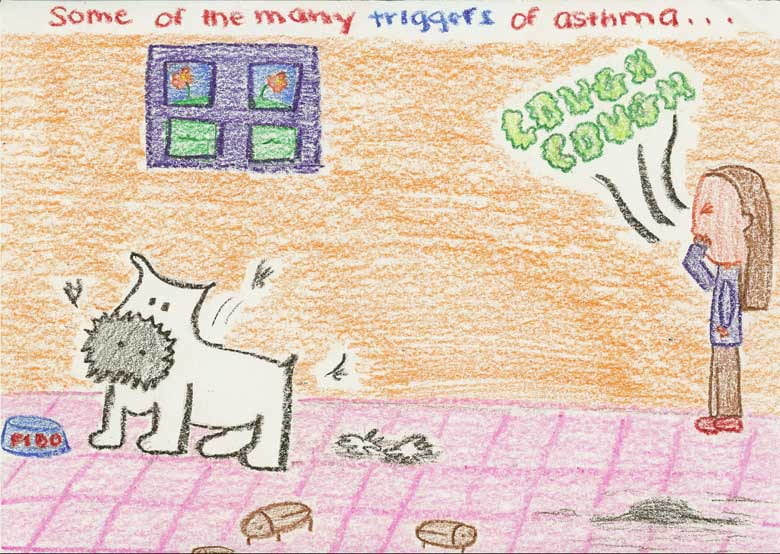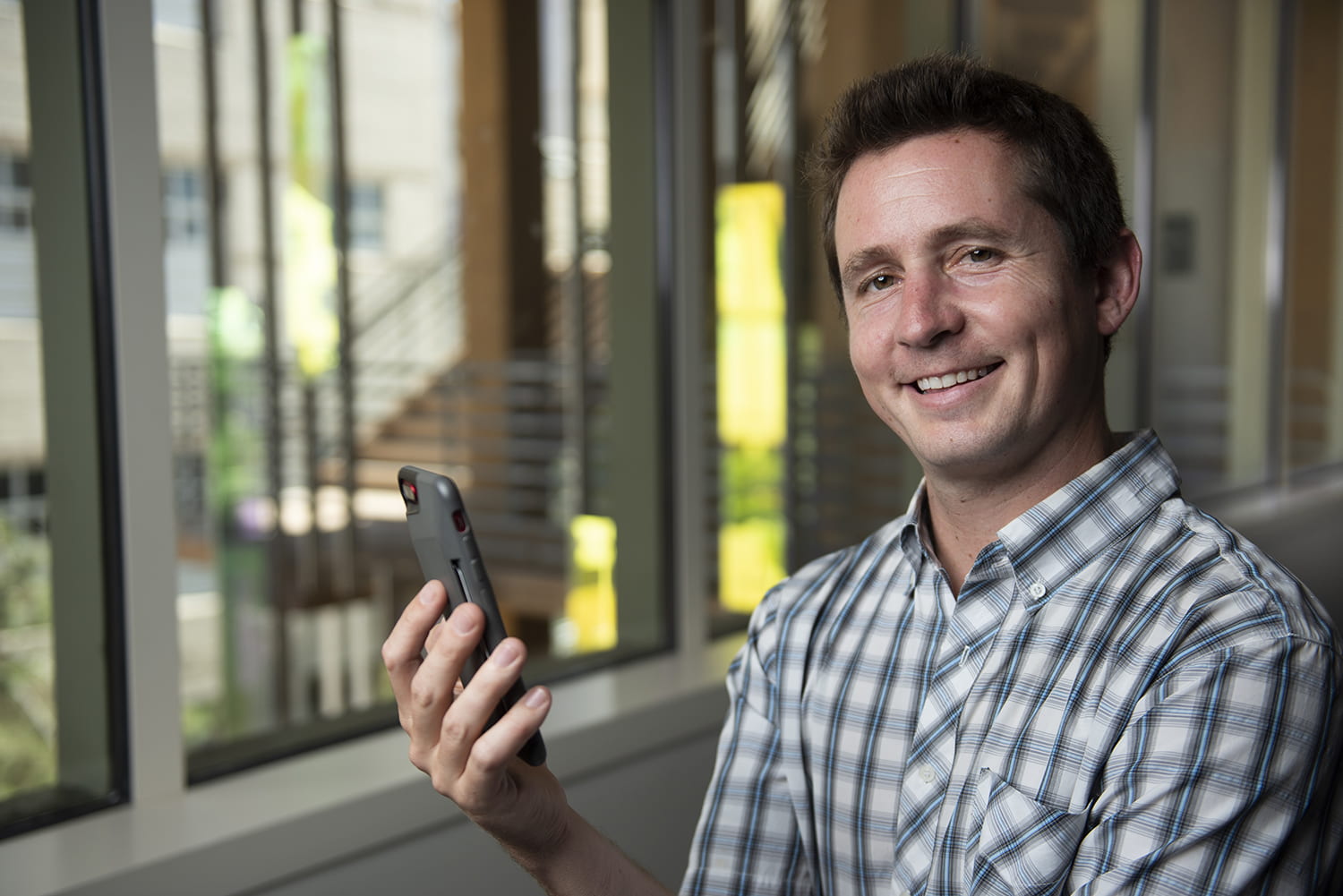AI in the ER
UCI center designs artificial intelligence systems to speed critical diagnoses

UCI’s new medical superstar doesn’t wear a stethoscope or wield a scalpel. It’s an artificial brain that detects life-threatening symptoms in a fraction of the time needed by human physicians.
Powered by the same technology used in self-driving cars, the digital M.D. promises to alter the way emergency rooms and doctors diagnose and treat strokes, cancer and other ailments.
“The possibilities are limitless,” says Dr. Peter Chang, a radiologist and self-taught software engineer who joined UCI in July as co-director of the freshly opened Center for Artificial Intelligence in Diagnostic Medicine, which designs AI systems that can help identify and outwit diseases.
The center’s first app – already on duty at UCI Medical Center – can analyze a CT scan for cerebral hemorrhages in about 20 seconds, a task that often takes more than an hour in busy ER settings. For stroke patients and radiologists, that’s a big breakthrough.
Another artificial intelligence tool at the center scours MRIs to classify genetic mutations in deadly brain tumors that are too deep to examine via surgical biopsy. The technology can also predict a tumor’s progress and recommend countermeasures.
Scholarly papers on both projects – co-authored by Chang and Dr. Daniel Chow, an assistant professor of radiological sciences at UCI who co-directs the artificial intelligence center with Chang – were published over the summer in the American Journal of Neuroradiology.
On a recent weekday morning, in an office with felt-tip-marker scribblings all over the specially coated walls, Chow and Chang sat down to discuss the ins and outs of “deep learning” artificial intelligence in medicine.
Until a few years ago, none of this would have been possible, they say. But the advent of powerful video game chips has enabled scientists to create simulated brains that “explore data and learn on their own,” Chang says.
Before 2012, if you were teaching a computer how to distinguish, say, a cat from a dog, you’d train it to look for specific characteristics in an animal’s tail, nose and other body parts, Chow explains. The modern version of artificial intelligence operates like a human mind. You feed the computer a bunch of dog and cat photos, and it figures out the difference itself, he says.
On a more sophisticated level, the technology can learn to interpret all sorts of medical images and data. Will it put radiologists out of business? Not likely, Chang says, noting that a similar question arose when CT scans and MRIs began replacing X-rays. He predicts that artificial intelligence will open new diagnostic horizons, freeing radiologists to tackle the most challenging cases while machines handle tedious and time-consuming chores.
Although UCI’s AI hub is brand-new, it’s already a national leader, Chang says, adding: “The field is still in its infancy, so a modest investment of money and time can get you to the forefront.”
The 10-person center – which works with other UCI researchers too – is financed by the School of Medicine and the Department of Radiological Sciences, as well as by grants from private foundations and such industry partners as Canon, Nvidia and Amazon. Further funding may come from the National Institutes of Health or the Department of Defense, which is interested in artificial intelligence systems for battlefield triage.
Despite the potential to save lives, artificial intelligence in healthcare – like its counterpart in driverless cars – poses ethical issues, such as who would be liable if a machine missed a problem. For that reason, Chow and Chang say, they hope to collaborate with UCI law and philosophy professors on the technology’s legal and moral implications.
Later this month, Chang – who also runs his own AI company – plans to request Food & Drug Administration approval of his brain hemorrhage detector, which several medical centers in the U.S. and Europe want to use, he says.
Other projects underway at the UCI center aim to improve the process for finding and evaluating prostate and breast tumors – and predicting what treatments will work best, says Chow, who grew up in West Covina and met Chang, a native of South Bend, Indiana, when they were medical residents at Columbia University.
Chang says he spent two years building his first artificial intelligence algorithm as a med student at Northwestern University. While racking up long hours poring over brain scans to identify dead tissue in stroke patients, he thought to himself, “There must be a way to automate this.”
The template he developed can easily be customized for UCI medical researchers, Chang says: “You can come to us with an idea, and we’ll get you off the ground in a few weeks.”


